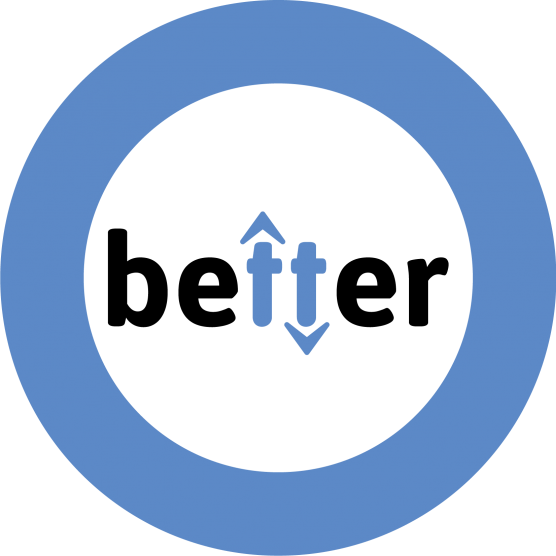Continuous glucose monitoring systems provide information, such as current blood sugar levels, blood sugar trends (up, down or stable) and a blood sugar curve from the past hours, thanks to a subcutaneous sensor worn on the arm or on the abdomen for up to 14 days (depending on the model).
Ever since they were first introduced on the market in the early 2000s, continuous glucose monitoring (CGM) systems have completely changed how we manage and monitor blood sugar levels. Over the years, the technology has greatly improved and has become much more accurate. A variation of 20% over or under a capillary (finger prick) blood sugar reading is the standard generally adopted by manufacturers.
There are two main types of CGMs. One of them, called “Flash,” displays current blood sugar levels as well as values from the past eight hours every time the sensor is scanned. The other type connects the sensor to a receiver, a smart phone or a smart watch that displays real-time blood sugar levels. The blood sugar readings can also be shared to a loved one’s smart device.
CGMs improve and simplify blood sugar management
A 2019 study published in the U.S. found a considerable difference in the hemoglobin A1c (HbA1c) levels of a group that was using a CGM (HbA1c of around 7%) and another one that was not using a CGM (HbA1C of around 8%), as well as a reduced risk of hypoglycemia with CGMs compared to capillary blood sugar meters. A more recent study summarized the majority of what has been published on the subject and essentially identified the same trends, except for a smaller variation in CGM vs. non-CGM HbA1c results (-0.17%). However, reducing hyperglycemic episodes and mitigating the risk of hypoglycemia are two invaluable benefits. These benefits have been shown in patients using insulin pumps or injection therapies, with no significant difference between adults and children. And when paired with alarms that warn of hypoglycemic and hyperglycemic episodes, CGMs generally provide even greater benefits.
Another major benefit to add to the “pros” column is the considerable reduction in the number of capillary blood sugar readings needed. With the latest no-calibration technology, CGM users can choose to measure their capillary blood sugar only when they experience hypoglycemic episodes or when they want to validate their CGM reading, as opposed to a minimum of four finger pricks a day as was the case before.
Easier follow-up
Most CGM system manufacturers have an online platform that is available to healthcare professionals and people with type 1 diabetes. It displays all the blood sugar values for a two-week period in one chart and paints a picture of a typical day. This data provides the patient’s ambulatory glucose profile (AGP).
The AGP summarizes all the values from the past 14 days to allow broader trends to be identified. It also provides data such as time spent in range (ideal target: 70% or higher), the time periods and time spent in hypoglycemia (ideal target: below 4%) and hyperglycemia as well as general blood sugar trends in a given day. Patients who use their AGP can give access to their healthcare team in order to simplify virtual patient management and enhance the professional-patient relationship.
And the flip side
In an article published in 2019, researchers asked why CGMs were not as popular with young adults. A little over thirty-seven percent (37.7%) of teens who took part in the study said that CGMs were physically uncomfortable. Others also said they didn’t like the way they look when they wear a CGM.
Only one type of CGM is currently covered by the Régie de l’assurance maladie du Québec (RAMQ) for patients who meet strict criteria. Other types can be covered by some private insurance companies. Without universal coverage, families and people living with type 1 diabetes who want to use a CGM face a significant financial burden. The cost for CGM systems and supplies is considerably high.
The BETTER project aims to help people with type 1 diabetes to use and access patient technology for better diabetes management and glycemic control.
If you wish to participate, sign up for the BETTER registry. You will also have access to an online training platform where you can learn about CGMs.
Reference
- Hood, K. K., Dimeglio, L. A., & Riddle, M. C. (2019). Putting Continuous Glucose Monitoring to Work for People With Type 1 Diabetes. Diabetes Care, 43(1), 19–21. doi: 10.2337/dci19-0054
- Messer, L. H., Tanenbaum, M. L., Cook, P. F., Wong, J. J., Hanes, S. J., Driscoll, K. A., & Hood, K. K. (2020). Cost, Hassle, and On-Body Experience: Barriers to Diabetes Device Use in Adolescents and Potential Intervention Targets. Diabetes Technology & Therapeutics. doi: 10.1089/dia.2019.0509
Participate in the BETTER registry!

First registry of people living with T1D in Canada.
Learn More



